FC-21 - Resolution

Resolution in the spatial domain refers to the size of the smallest measurement unit observed or recorded for an object, such as pixels in a remote sensing image or line segments used to record a curve. Resolution, also called the measurement scale, is considered one of the four major dimensions of scale, along with the operational scale, observational scale, and cartographic scale. Like the broader concept of scale, resolution is a fundamental consideration in GIScience because it affects the reliability of a study and contributes to the uncertainties of the findings and conclusions. While resolution effects may never be eliminated, techniques such as fractals could be used to reveal the multi-resolution property of a phenomenon and help guide the selection of resolution level for a study.

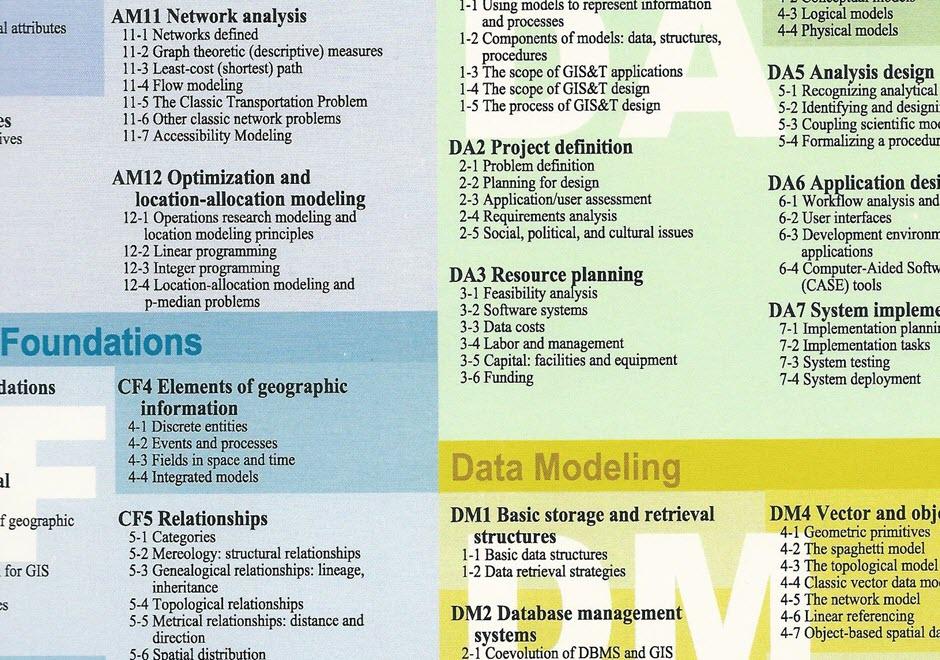
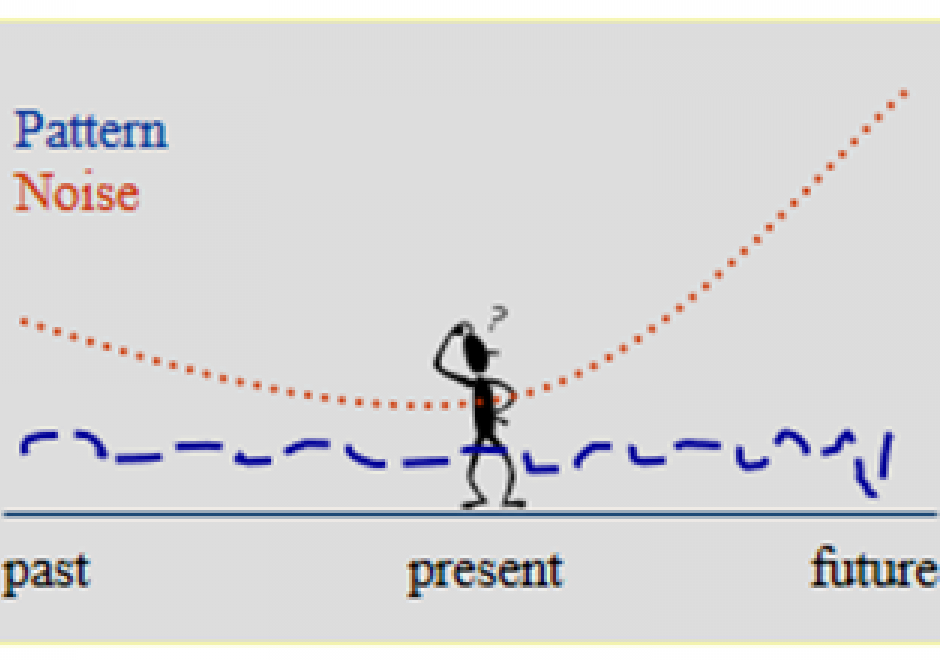
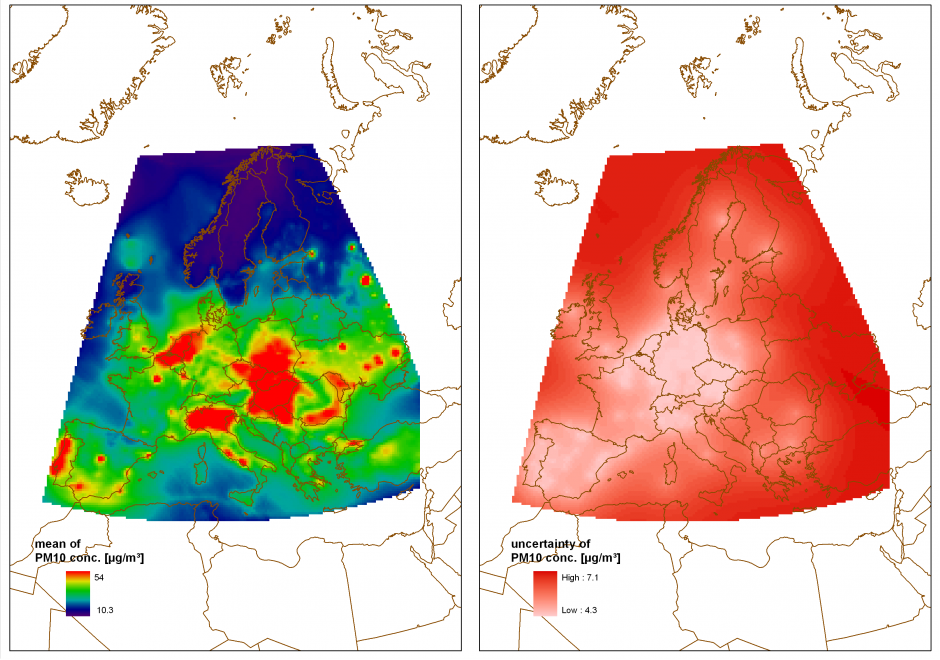
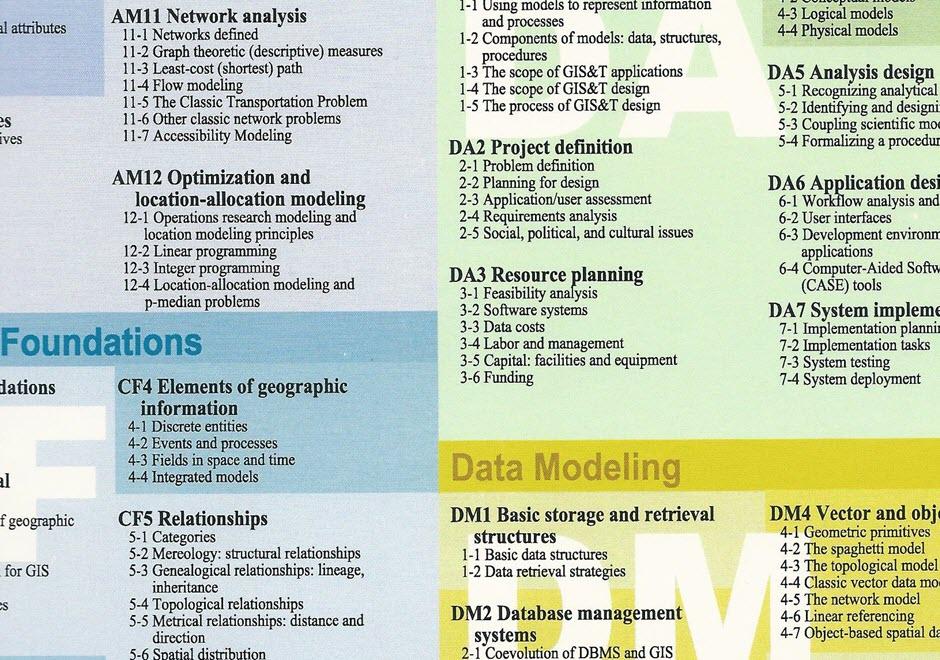
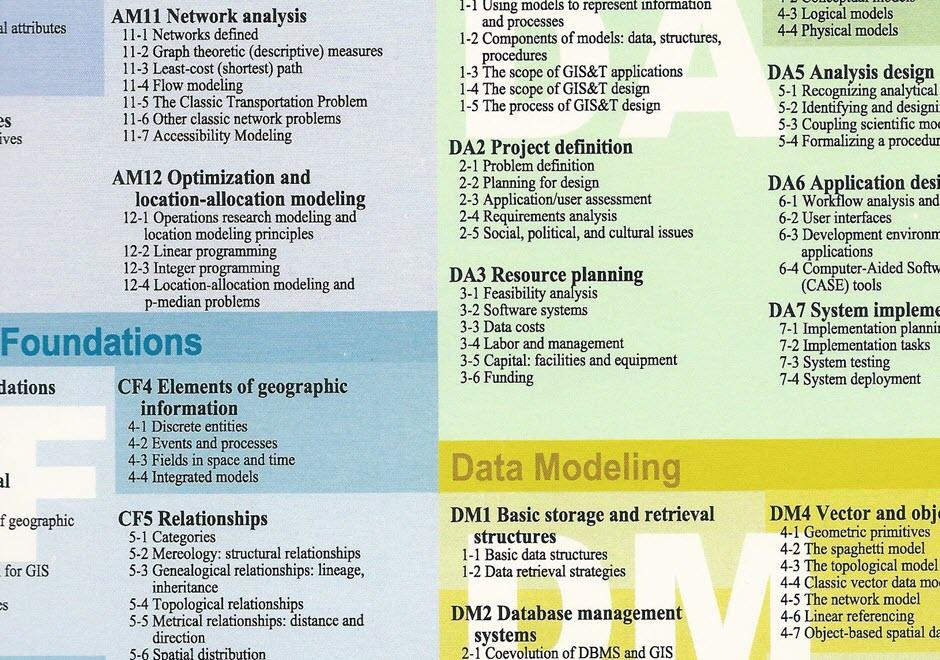
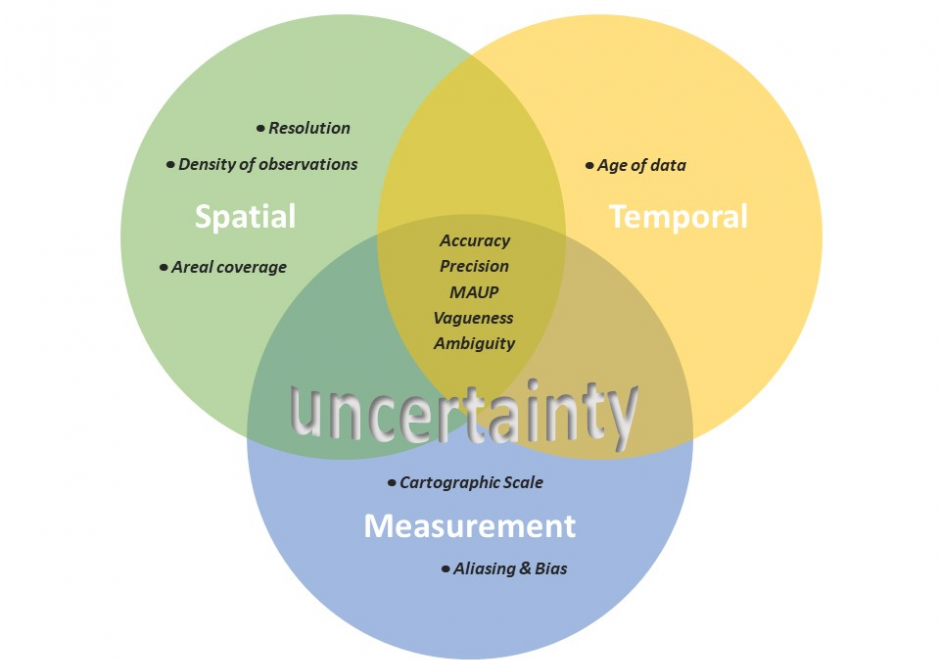
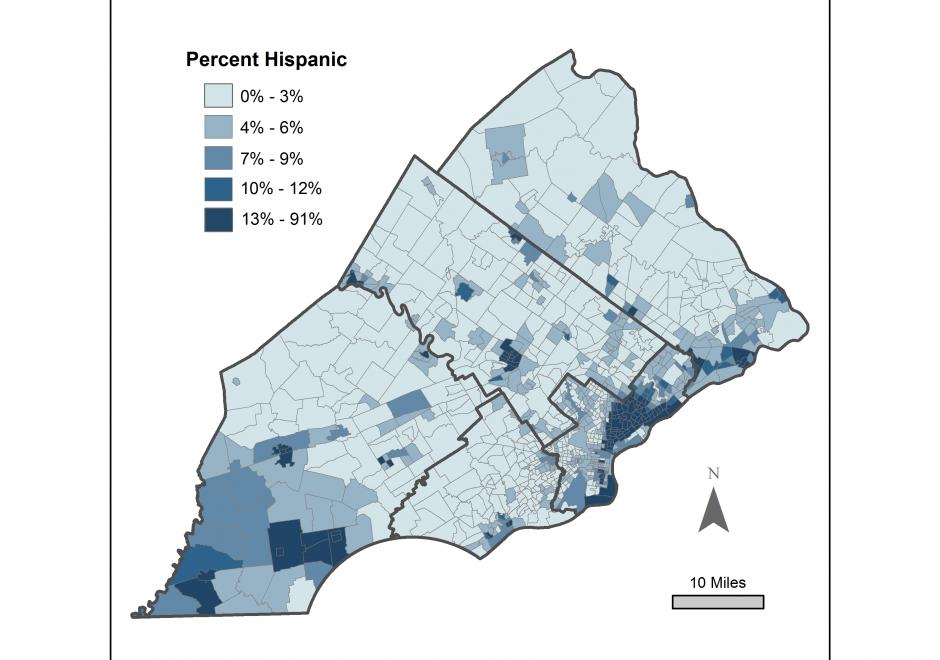
FC-26 - Problems of Scale and Zoning
Spatial data are often encoded within a set of spatial units that exhaustively partition a region, where individual level data are aggregated, or continuous data are summarized, over a set of spatial units. Such is the case with census data aggregated to enumeration units for public dissemination. Partitioning schemes can vary by scale, where one partitioning scheme spatially nests within another, or by zoning, where two partitioning schemes have the same number of units but the unit shapes and boundaries differ. The Modifiable Areal Unit Problem (MAUP) refers to the fact the nature of spatial partitioning can affect the interpretation and results of visualization and statistical analysis. Generally, coarser scales of data aggregation tend to have stronger observed statistical associations among variables. The ecological fallacy refers to the assumption that an individual has the same attributes as the aggregate group to which it belongs. Combining spatial data with different partitioning schemes to facilitate analysis is often problematic. Areal interpolation may be used to estimate data over small areas or ecological inference may be used to infer individual behaviors from aggregate data. Researchers may also perform analyses at multiple scales as a point of comparison.